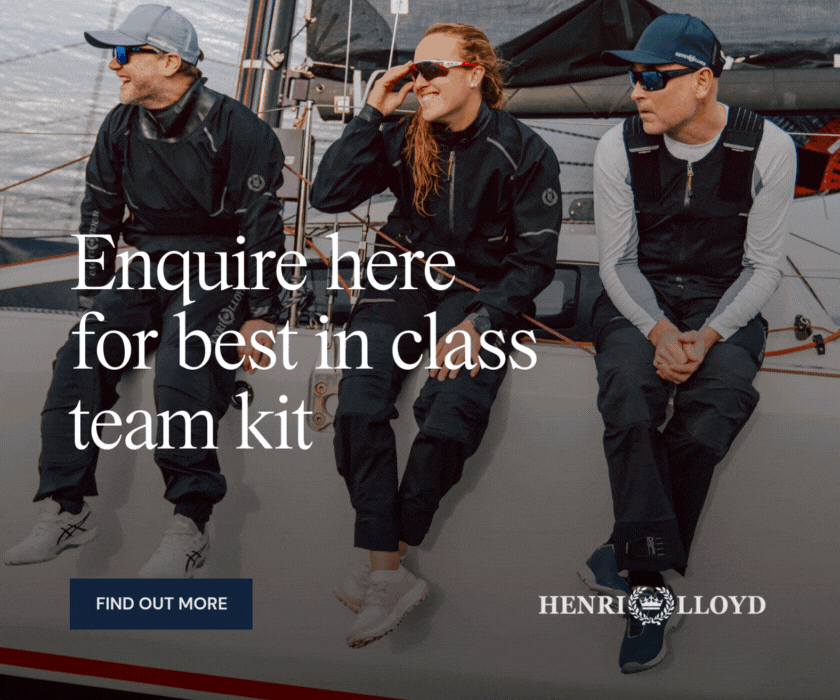

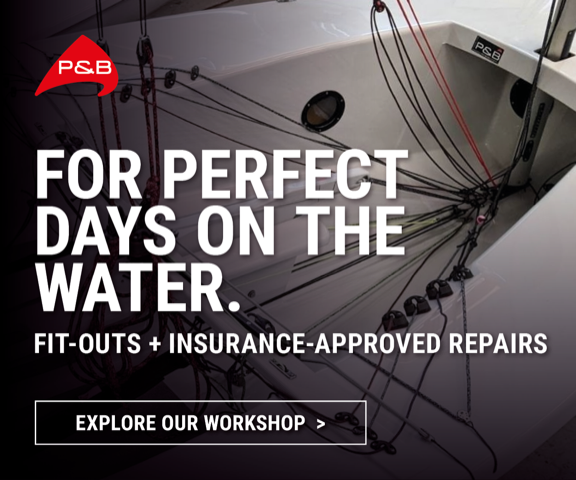

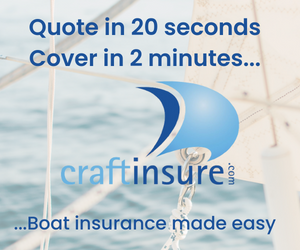
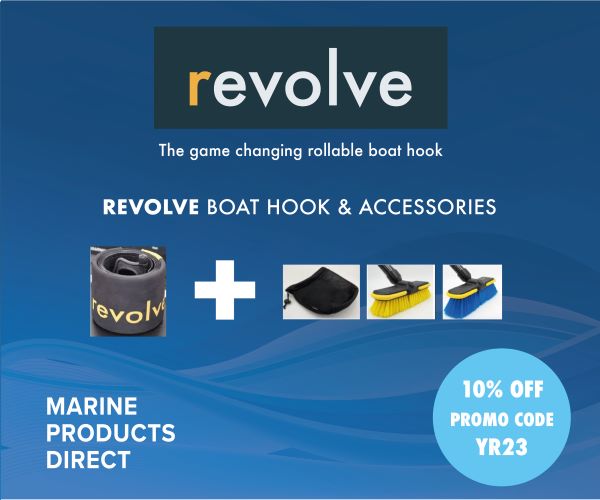
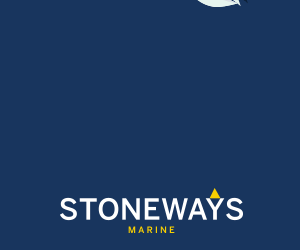
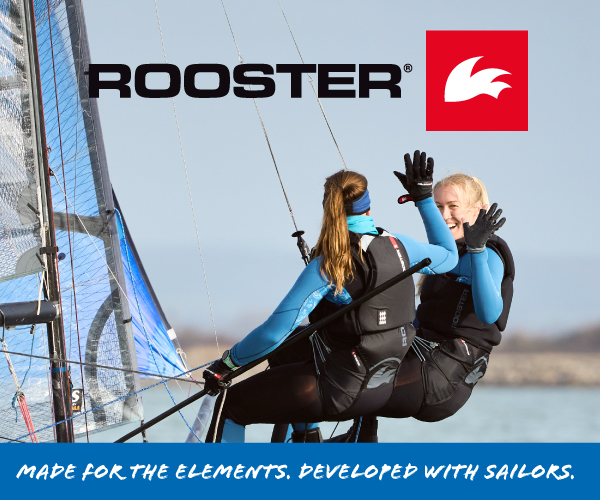
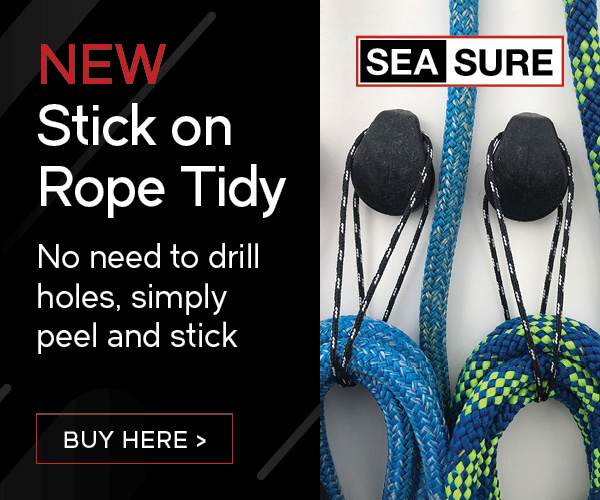
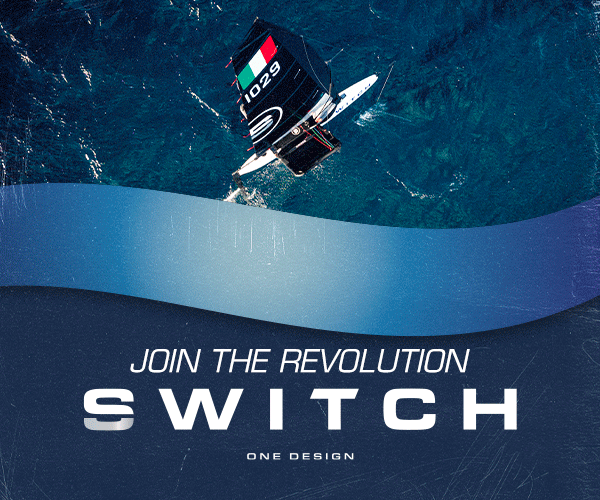
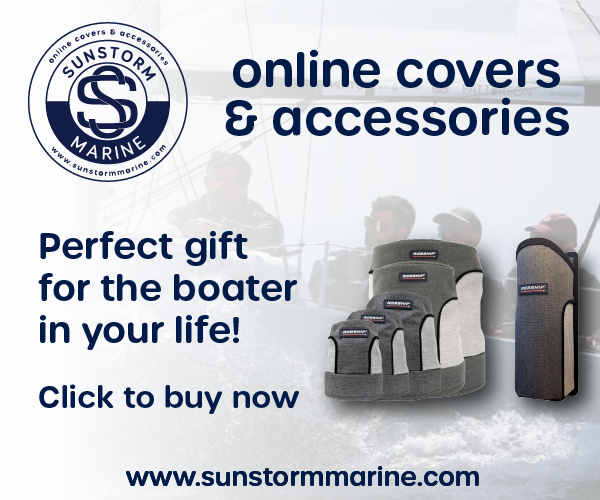
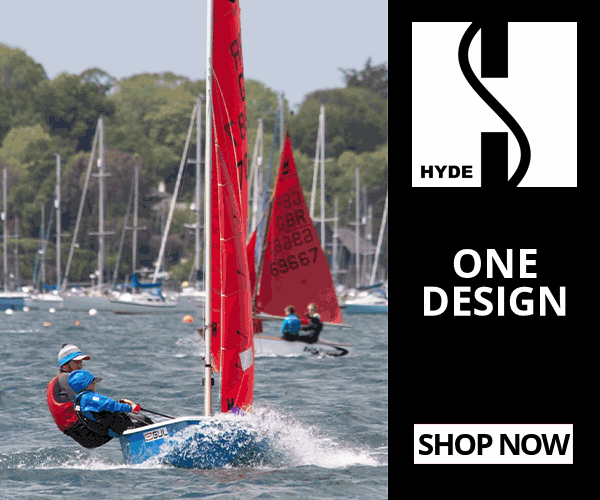
| Laser 28 - Excellent example of this great design Hamble le rice |
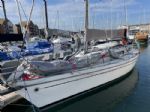 |
| Laser 140101 Tynemouth |
 |
| Rossiter Pintail Mortagne sur Gironde, near Bordeaux |
 |
List classes of boat for sale |
Performance Factors |
Post Reply 
|
Page <1234> |
| Author | |
Rupert 
Really should get out more 
Joined: 11 Aug 04 Location: Whitefriars sc Online Status: Offline Posts: 8956 |
 Post Options Post Options
 Quote Quote  Reply Reply
 Topic: Performance Factors Topic: Performance FactorsPosted: 22 Aug 07 at 9:26am |
1.34 X square root of the waterline length (in feet) gives you the theoretical maximum speed of a displacement hull (in knots). This is more relevant to more traditional keelboats and non planing powerboats, where however big an engine you put on you will go no faster. Once the hull gets narrow enough not to be stopped by it's own bowwave (cats are the obvious example) or planes like a dinghy, other factors come into account, making the above fairly meaningless. A cherub will pop onto the plane before it reaches it's theoretical max hull speed of 4.6 knots. |
|
|
Firefly 2324, Puffin 229, Minisail 3446 Mirror 70686
|
|
 |
|
ifoxwell 
Really should get out more 
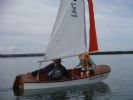
Joined: 05 Jan 06 Location: Hoo Online Status: Offline Posts: 669 |
 Post Options Post Options
 Quote Quote  Reply Reply
 Posted: 22 Aug 07 at 9:35am Posted: 22 Aug 07 at 9:35am |
|
As someone who finds this thread interesting but has no idea half the time what your all talking about… what makes some boats perform apparently punch above their weight. For example to my uneducated eyes boats like the 400 and 29er always seem to perform much better than a cursory glance at their size and shape would suggest. Ian |
|
 |
|
NeilP 
Far too distracted from work 
Joined: 23 Nov 04 Location: United Kingdom Online Status: Offline Posts: 271 |
 Post Options Post Options
 Quote Quote  Reply Reply
 Posted: 22 Aug 07 at 9:37am Posted: 22 Aug 07 at 9:37am |
|
FD is 6.06m LOA and has a PY of 880, or matbe 878 these days. The extra length certainly helps with control in big wind and waves, which is where the boat really comes into it's own. Fact of life though, length costs weight, and "weight is only of use in road rollers". Personally, I and I suspect most other FD sailors, am quite happy to put up with the extra weight in return for the sensation of blasting upwind in 25 knots and big waves. |
|
|
No FD? No Comment!
|
|
 |
|
JimC 
Really should get out more 

Joined: 17 May 04 Location: United Kingdom Online Status: Offline Posts: 6662 |
 Post Options Post Options
 Quote Quote  Reply Reply
 Posted: 22 Aug 07 at 10:13am Posted: 22 Aug 07 at 10:13am |
|
One of the things that militates against longer boats is maintenance. I don't know what the typical standard single garage size is, but my IC fits in neither my garage nor my parents. This is a bit of an issue if you need to do some work. This was of course much more of an issue in the days of wooden boats which needed varnishing every year.
|
|
 |
|
tickler 
Really should get out more 
Joined: 03 Jun 07 Location: Tunstead Milton Online Status: Offline Posts: 895 |
 Post Options Post Options
 Quote Quote  Reply Reply
 Posted: 24 Aug 07 at 8:06am Posted: 24 Aug 07 at 8:06am |
|
On the subject of longer boats. Uffa Fox designed and built a double handed canoe in 1935 called Brynhild. She was 20' long 4' wide with 2 sliding seats and weighs all up 190 lbs. She had "long and easy buttocks".......dream on boys! Mr Fox thought that as he had achieved 16.3 knots in a 16' canoe Brynhild should be good for 20 knots. Not so, it only managed 15 but this is over a measured half mile, none of your peak speed nonsense. Remember this is a wooden boat with a wooden mast and cotton sails, oh, and no kicker. What is perhaps more remarkable is that in June 1936 Uffa and his chum set off from the IOW and sailed to Cherbourg for a bit of a holliday. They carried camping gear and a typewriter. On the crossing they encountered everything from flat calm and fog to 25 mph winds but still achieved the journey in 12 hours. Had it not been for the flat calm off Cherbourg they would have averaged 10 knots but as it was they only managed it in 5. Remember, no radar, no sat nav, no radio. Oilskins wooly jumpers and, if they had them at all, cork lifejackets. It is not mentioned in the book but I bet they ate hardboiled eggs and jam sandwiches wrapped in greasproof paper. Spirits would have been kept up by whistling the tunes of Henry Hall.
|
|
 |
|
Guests 
Guest Group 
|
 Post Options Post Options
 Quote Quote  Reply Reply
 Posted: 24 Aug 07 at 11:31am Posted: 24 Aug 07 at 11:31am |
|
I'm finding this thread interesting and basically underlining what I know
from windsurf world. Waterline length is important in displacement sailing. Rocker and or step to a planing flat important for boats that have the option of high crew righting moment via trapeze or trapeze and racks. A "rounded" hull important for light wind performance where a flat hull will stick. So the perfect shape would be rounded hull running into a stepped planing area. On a smaller scale, exactly the difference between the RS 500 and the Laser or V3000 and the RS 400. Boats I've now come to have some detailed competitive experience of. The 400 is a very rounded yet wide hull that can shed wetted area by heeling in light air, the 500 a little bit of both and the 3000 a fairly flat bottomed hull that sticks a bit in a drifter yet really comes unstuck and planes upwind in a breeze, something we're missing at the moment in the 500 (though this may be a crew skill problem)and probably couldn't happen on a 400. As to weight, more important imo to boats that rely on being on the plane, than say volume of displacement area in displacement style hulls, at least this is the case in the sailboard world. As a casual observer and really only recently keen newcomer to the sit down world, the biggest single factor imo of late is the sometimes over canvassing that has come about with the era of the skiff. It seems to me to limit the higher performers to inland and or estuary venues particularly in strong winds, I may be wrong, but that's how it appears from where I'm now sitting. |
|
 |
|
redback 
Really should get out more 

Joined: 16 Mar 04 Location: Tunbridge Wells Online Status: Offline Posts: 1502 |
 Post Options Post Options
 Quote Quote  Reply Reply
 Posted: 27 Aug 07 at 10:37pm Posted: 27 Aug 07 at 10:37pm |
|
I notice the V3000 is considerably faster than the Laser3000 even though the hull is the same shape and the sails about the same area. Is this increase proportional to the decrease in weight? Or is this, as I suspect, the L3000 was a bit heavy for the hull shape and is now "released" to perform as was originally intended? Or is it that weight is under estimated as a performance factor? |
|
 |
|
Chew my RS 
Really should get out more 

Joined: 05 Oct 05 Location: United Kingdom Online Status: Offline Posts: 790 |
 Post Options Post Options
 Quote Quote  Reply Reply
 Posted: 28 Aug 07 at 6:59pm Posted: 28 Aug 07 at 6:59pm |
|
You could write a thesis on this question! Ian Hannay has written an excellent AYRS publication called Rig theory which goes into this in some detail. In a nutshell: length, weight and stability are the three primary parameters that affect boat performance. Rig height, foil depth and sail area are the secondary parameters and detailed design such as hull lines and sail profile are the tertiorary factors. All other things being equal (which they never are) long, light boats will be quickest across a range of conditions and courses. Stability is obviously vital to harness power - an extra trapeze will allow you to carry bigger sails. More sail area lets you reach your top speed in less wind, but doesn't actually give you a higher top speed. Rig height and foil depth are key to efficiency, minimising induced drag, and allowing you point higher. So, for any boat of given length, weight, stability, rig height, foil depth and sail area there is a theoretical maximum perofrmance that can be achieved. Compromises in hull shape, sail planforms, rudder sections, mast sections etc prevent this maximum being achieved. Compare the Dart 18 and the Cherub. The Cherub has better foil sections, (arguably) a more sophisticated rig, better attention to detail, deeper foils, more sail area and is lighter. And yet, becasue the Dart wins on 2 out of 3 primary factors (longer and more stable), it is quicker (on average, according to PY). Its longer length and more stable platform give it higher potential speed. The excess weight and simple design mean it probably only reaches 60% of its potential, compared to the Cherub reaching maybe 80% of its. but the longer, more stable boat starts with more potential. Cherubs of course sail extremely well when planing, but simple physics prevents it sailing fast when not planing. A 12ft boat can never be fast in displacement mode, no matter how well designed. As another example, my NS14 is the same length as a Merlin Rocket, and both are hiking boats with similar stability (the MR is a little wider, but in broad terms they are similar). The Merlin has bigger sails and a spinnaker, so you might think it was faster. However, because the NS14 is 5 stone lighter and has less drag it is probably quicker. I look forward to finding out over the next few weeks! |
|
|
http://www.sailns14.org - The ultimate family raceboat now available in the UK
|
|
 |
|
Guest 
Newbie 
Joined: 21 May 04 Location: United Kingdom Online Status: Offline Posts: 0 |
 Post Options Post Options
 Quote Quote  Reply Reply
 Posted: 28 Aug 07 at 7:24pm Posted: 28 Aug 07 at 7:24pm |
|
Interesting, but I am not sure how much I care about the relative performance of a class to another ... what I care about is: 1) is the boat fun to sail 2) is it good for class racing 3) are the people nice to hang out with .... |
|
 |
|
Smight at BBSC 
Really should get out more 
Joined: 09 Jan 07 Location: Great Britain Online Status: Offline Posts: 1129 |
 Post Options Post Options
 Quote Quote  Reply Reply
 Posted: 28 Aug 07 at 7:45pm Posted: 28 Aug 07 at 7:45pm |
I would argue that a national 12 (a 12ft boat) is fast in displacement mode especially light wind sailing. They are well known for there speed in light winds although i don't think this is because of weight because they are relatively heavy for a 12ft boat and the sails arn't particularly large. |
|
|
RS600 988
|
|
 |
|
Post Reply 
|
Page <1234> |
| Forum Jump | Forum Permissions  You cannot post new topics in this forum You cannot reply to topics in this forum You cannot delete your posts in this forum You cannot edit your posts in this forum You cannot create polls in this forum You cannot vote in polls in this forum |
Copyright ©2001-2010 Web Wiz
Change your personal settings, or read our privacy policy











 Printable Version
Printable Version Delicious
Delicious Digg
Digg Facebook
Facebook Furl
Furl Google
Google MySpace
MySpace Newsvine
Newsvine reddit
reddit StumbleUpon
StumbleUpon Twitter
Twitter Windows Live
Windows Live Yahoo Bookmarks
Yahoo Bookmarks Topic Options
Topic Options Seems to have worked though!
Seems to have worked though!